Features From the Issue
-
Features
Wolf Rites of Winter
Archaeologists digging a Bronze Age site on the Russian steppes are using evidence from language and mythology to understand a remarkable discovery
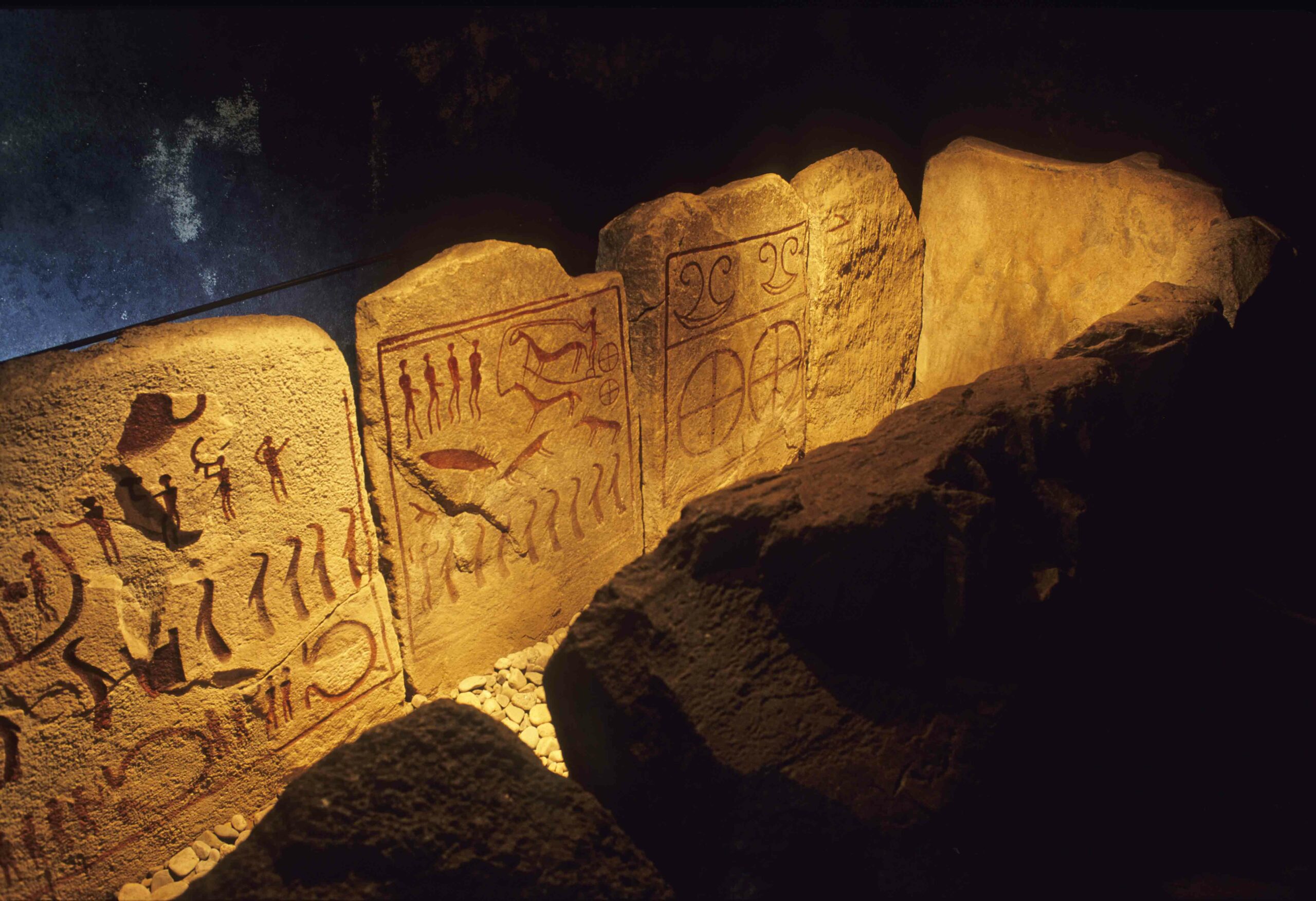
-
 (© Kenneth Garrett)
(© Kenneth Garrett) -
Features
The Everlasting City
A new picture emerges of how a settlement of a few reed huts evolved into the powerful city-state that helped set in motion the urban revolution
-
Features
An Extreme Life
The Kuril Islands, a remote and inhospitable archipelago stretching between Japan and Russia, are providing researchers with insights into the nature of what humans can endure—and what they cannot
-
Features
Battlefield: 1814
In farmland on Maryland's Eastern Shore, archaeologists have tracked troop movements of an American victory over the British
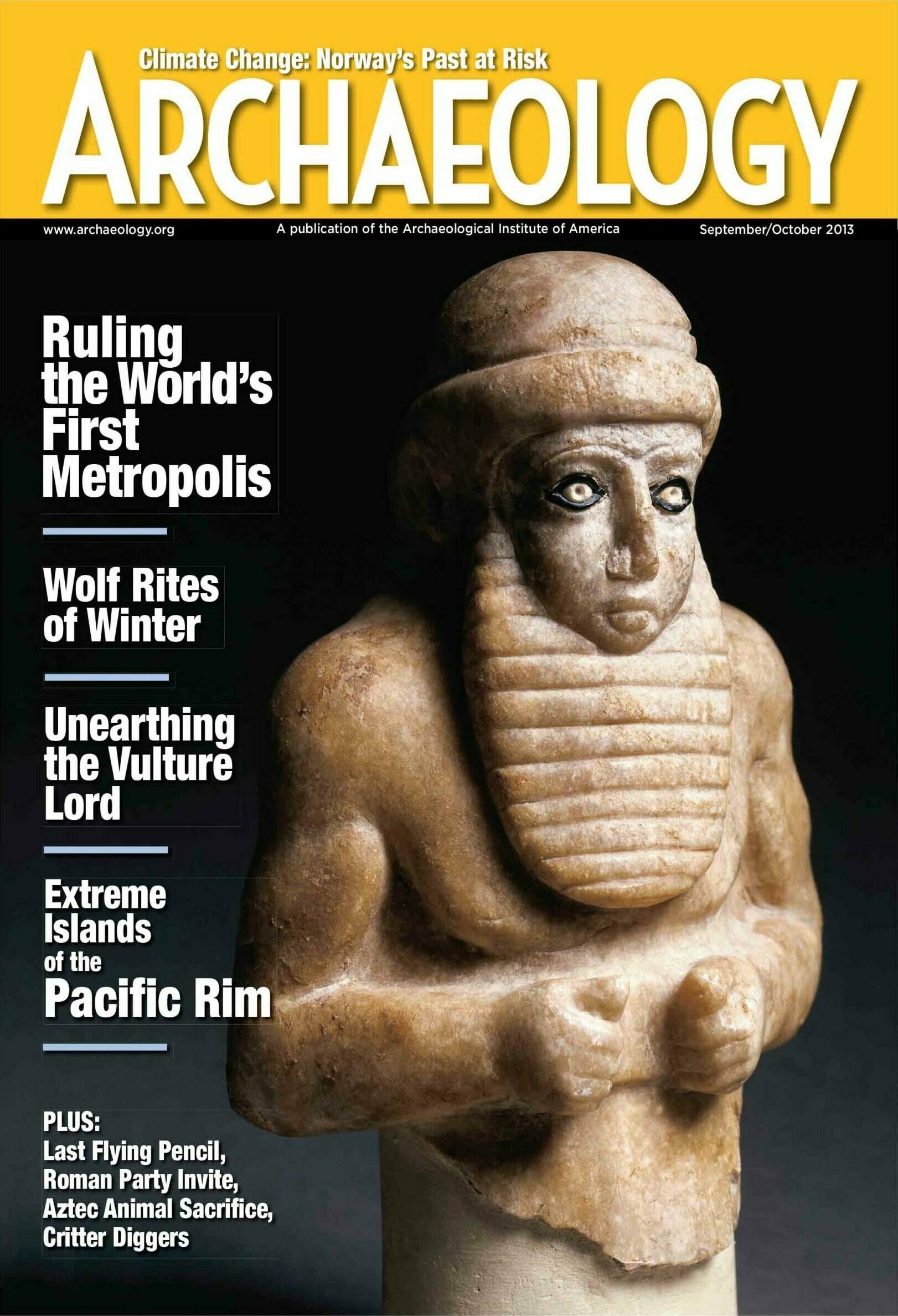
Letter from Norway
Letter from Norway
The Big Melt
The race to find, and save, ancient artifacts emerging from glaciers and ice patches in a warming world

Artifact
Artifacts
Roman Writing Tablet
A tablet bearing a birthday party invite includes the earliest Latin script penned by a woman

Digs & Discoveries
-
Digs & Discoveries
No Changeups on the Savannah
 (Private Collection/J.T. Vintage/The Bridgeman Art Library, Werner Forman/Art Resource, NY, Pat Benic/Copyright Bettmann/Corbis/AP Images)
(Private Collection/J.T. Vintage/The Bridgeman Art Library, Werner Forman/Art Resource, NY, Pat Benic/Copyright Bettmann/Corbis/AP Images) -
Digs & Discoveries
The Last Flying Pencil
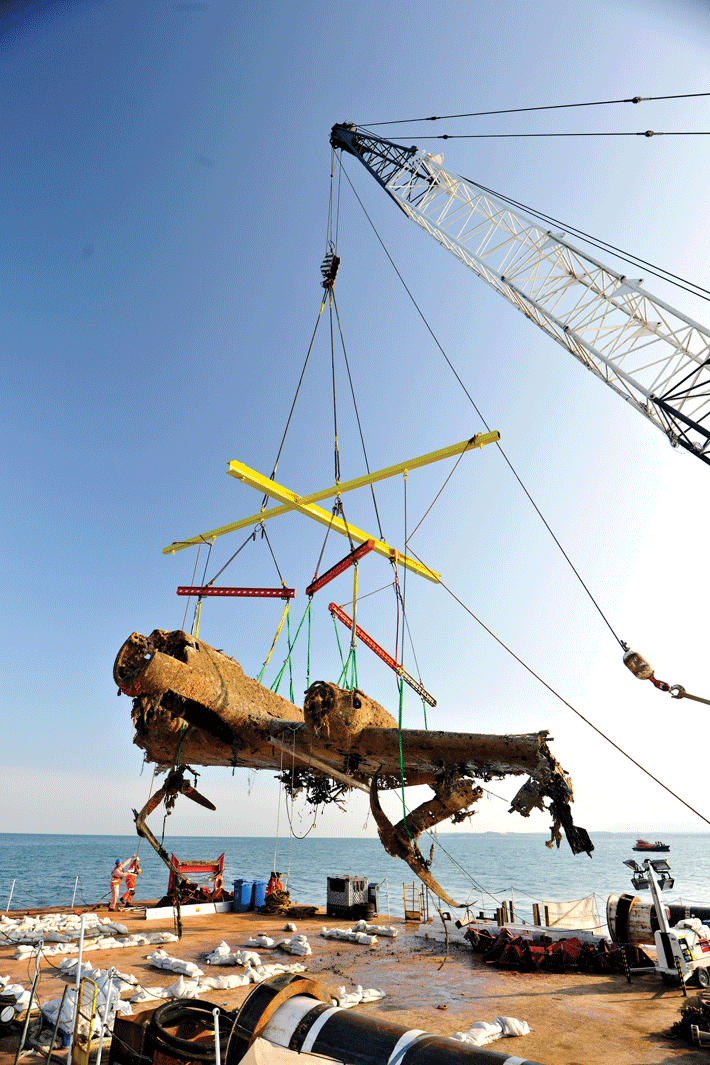 (Courtesy Royal Air Force Museum Cosford)
(Courtesy Royal Air Force Museum Cosford) -
Digs & Discoveries
Small Skirmish in the War for Freedom
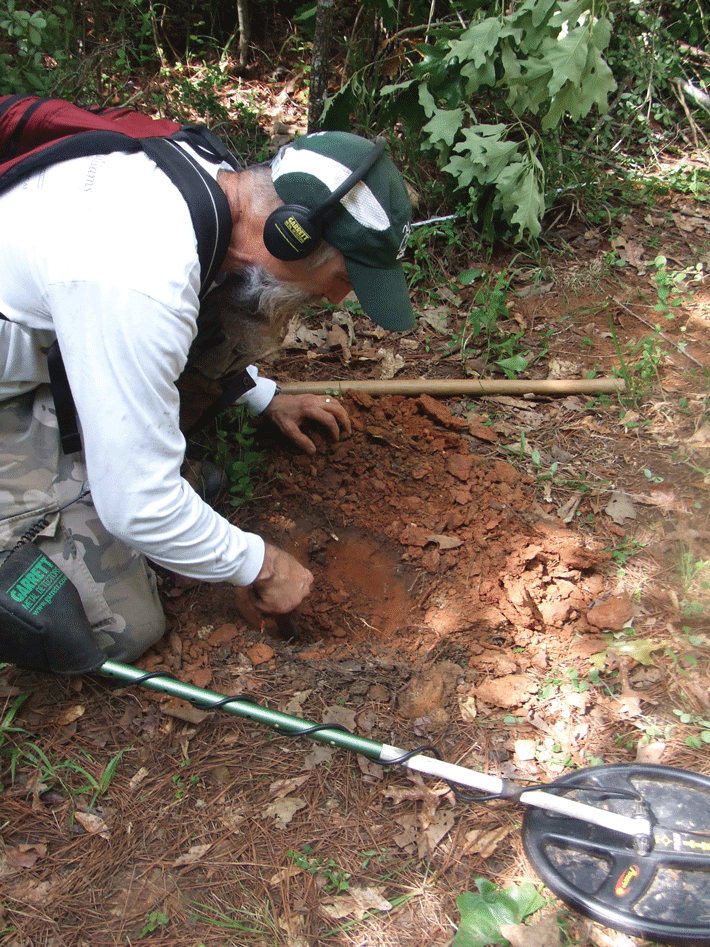 (Courtesy Lamar Institute)
(Courtesy Lamar Institute) -
Digs & Discoveries
Sifting Through Molehills
 (Wikimedia Commons, Photo: Dave Dunford, iStockphoto)
(Wikimedia Commons, Photo: Dave Dunford, iStockphoto) -
Digs & Discoveries
City of Red Stone
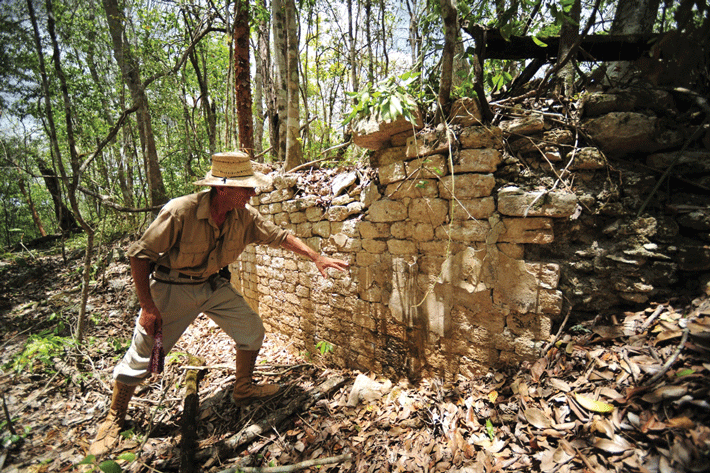 (Courtesy INAH)
(Courtesy INAH) -
Digs & Discoveries
Animal Offerings of the Aztecs
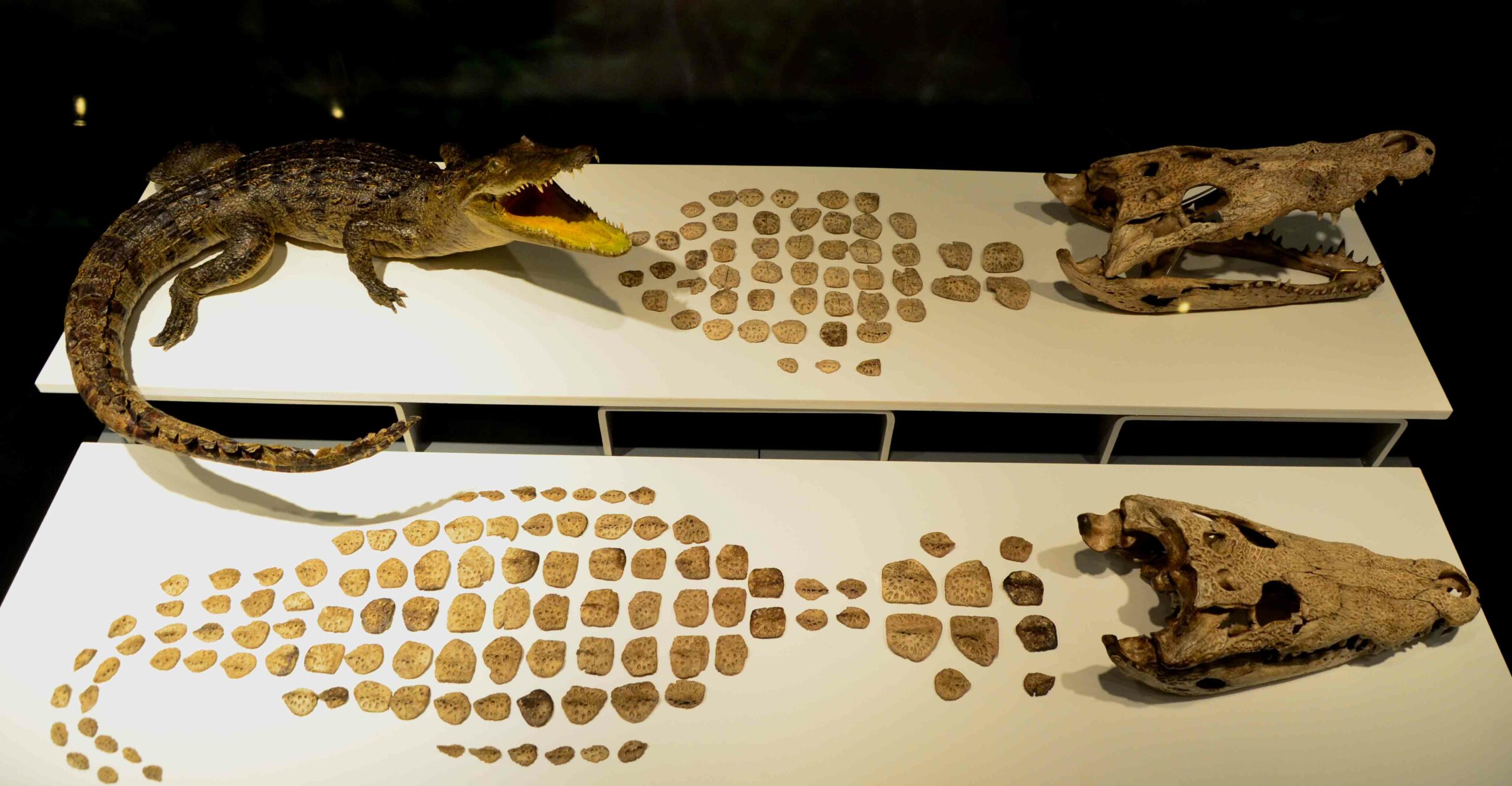 (Courtesy Héctor Montaño-INAH)
(Courtesy Héctor Montaño-INAH) -
Digs & Discoveries
High-Definition Obsidian
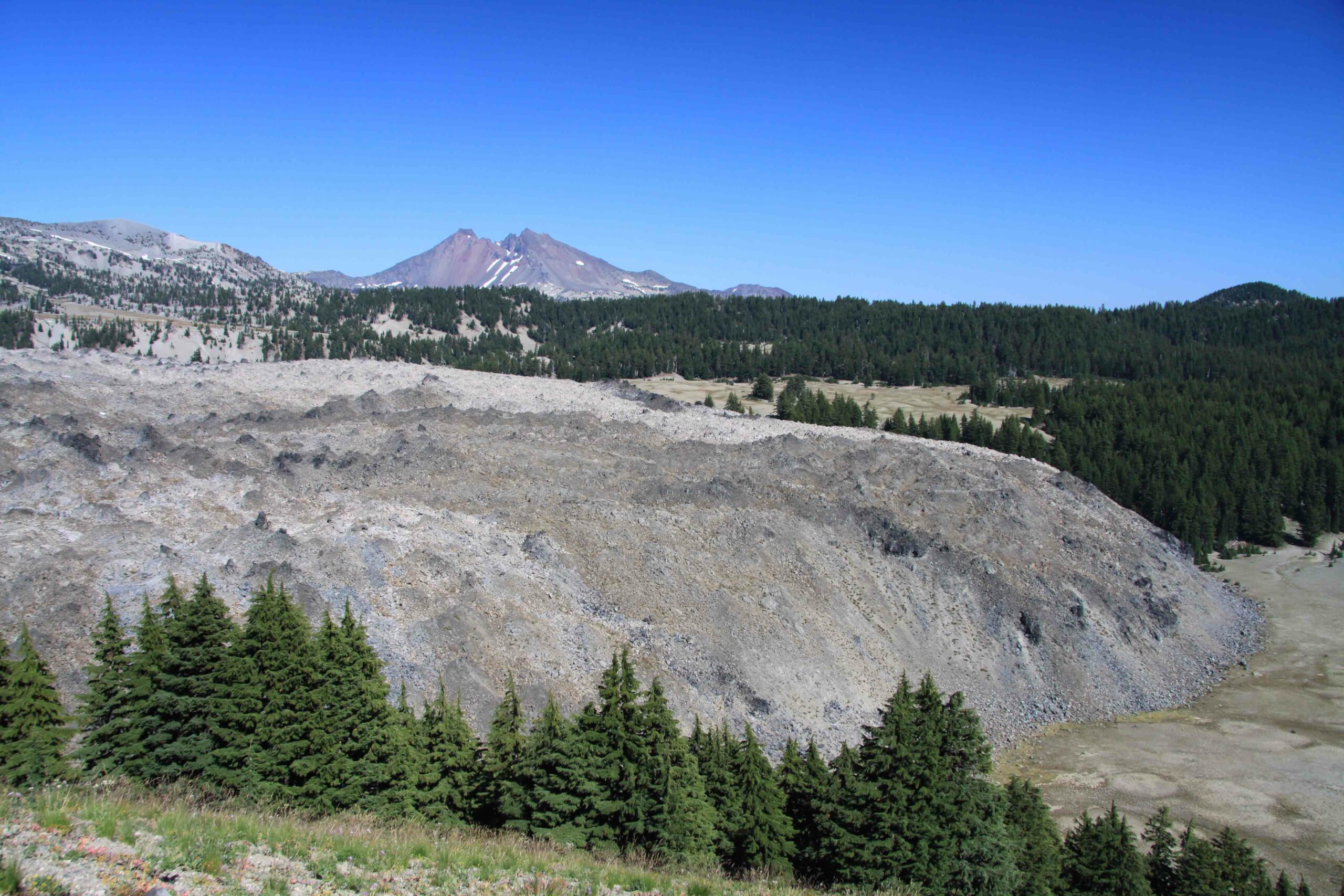 (Wikimedia Commons, Photo: Daniel Mayer)
(Wikimedia Commons, Photo: Daniel Mayer) -
Digs & Discoveries
Tomb of the Wari Queens
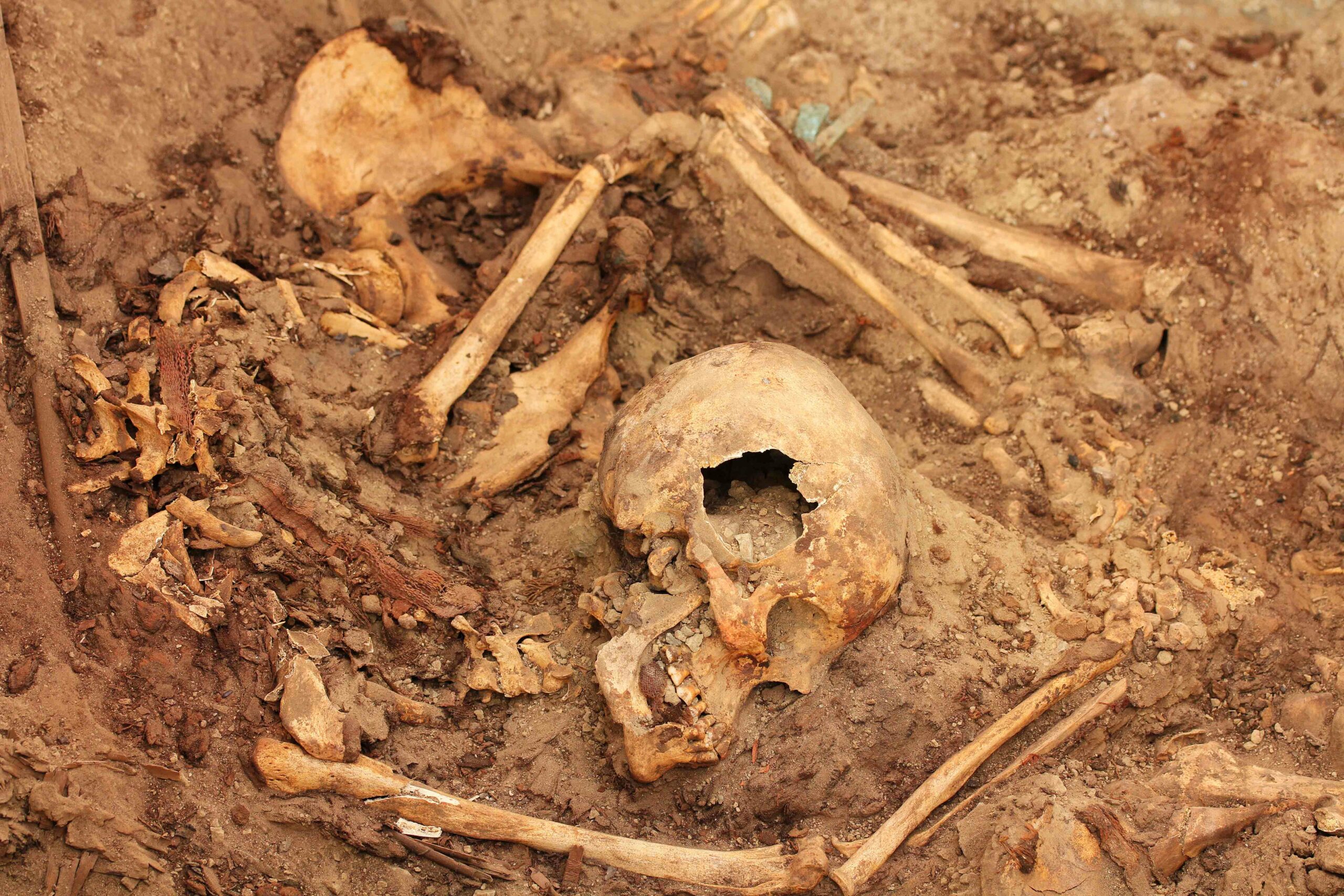 (Photo: Milosz Giersz)
(Photo: Milosz Giersz) -
Digs & Discoveries
Golden Sacrifices
 (Courtesy René Laursen)
(Courtesy René Laursen) -
Digs & Discoveries
Spain's Lost Jewish History
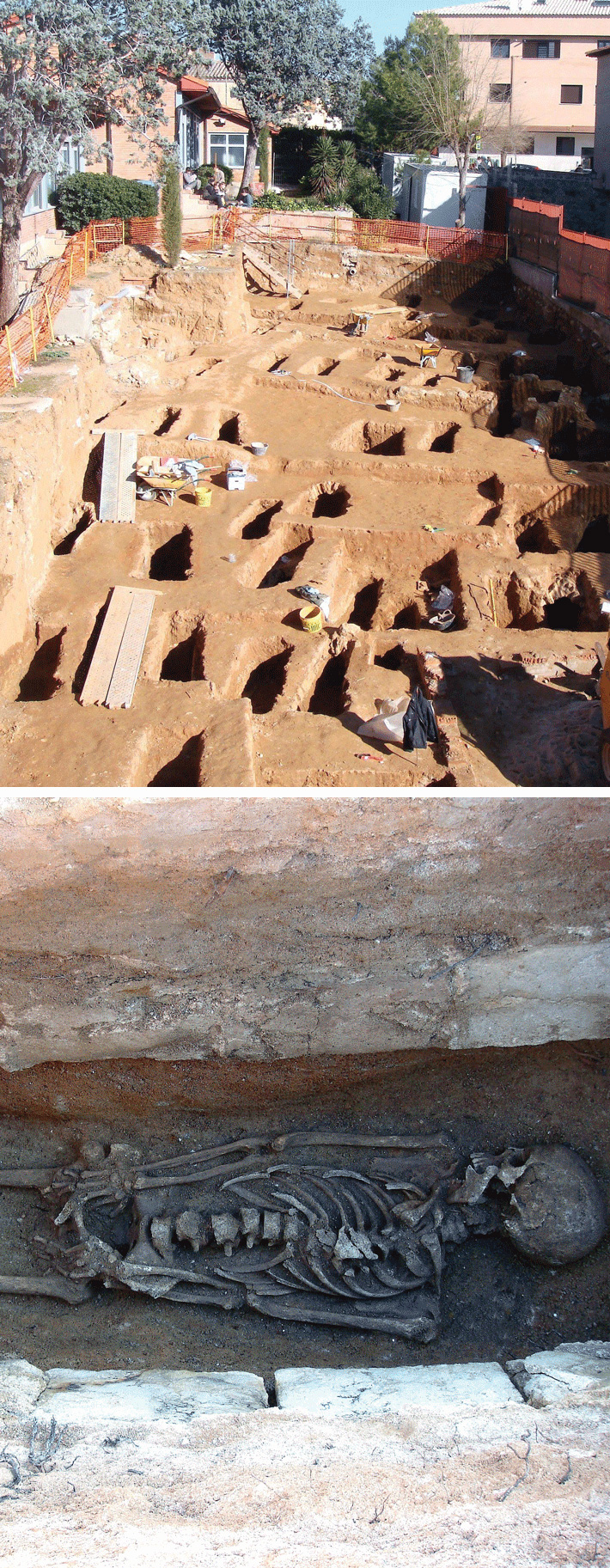 (Courtesy Arturo Ruiz Taboada)
(Courtesy Arturo Ruiz Taboada) -
Digs & Discoveries
Samson and the Gate of Gaza
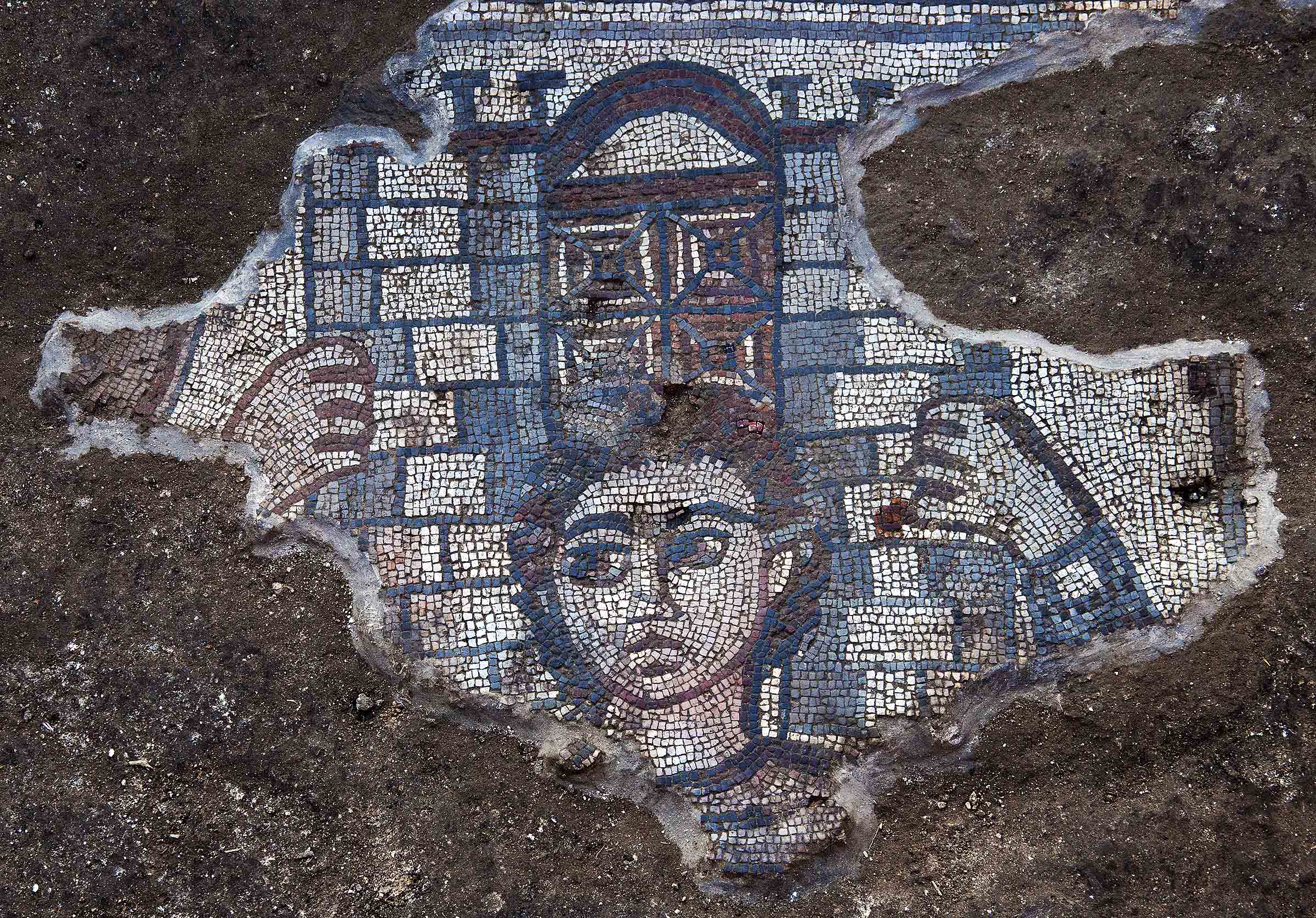 (Photo: Jim Haberman, Courtesy Michel Py)
(Photo: Jim Haberman, Courtesy Michel Py) -
Digs & Discoveries
French Wine, Italian Vine
 (© l'Unité de Fouilles et de Recherches Archéologiques de Lattes)
(© l'Unité de Fouilles et de Recherches Archéologiques de Lattes) -
Digs & Discoveries
Neanderthal Brain Strain
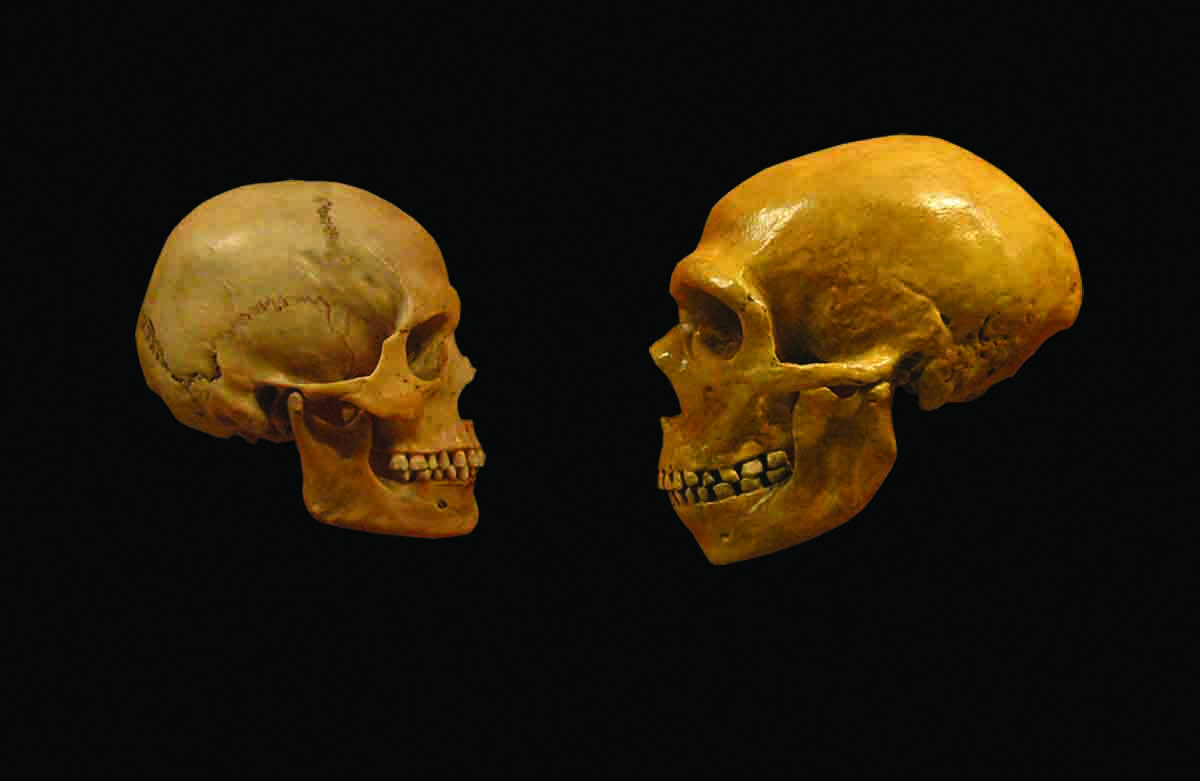 (Wikimedia Commons, hairymuseummatt, Dr. Mike Baxter)
(Wikimedia Commons, hairymuseummatt, Dr. Mike Baxter)
Off the Grid
Off the Grid September/October 2013
Mount Independence, Vermont

Around the World
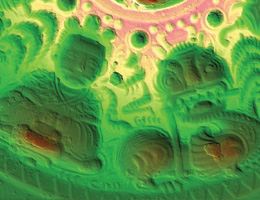
JAPAN

JAPAN: Three-dimensional scanning of a bronze mirror from the early Kofun period, in the 3rd century a.d., has revealed previously unrecognized details in the deities and beasts that decorate it—information that can be used to help settle a heated debate on whether mirrors of this style originated in China or Japan. Scanning is also being used on a much larger scale to study certain Kofun burial mounds, which are known for their distinctive “keyhole” shape, to help reveal how they were constructed. —Samir S. Patel

MALAWI

MALAWI: Scientists have hypothesized that the eruption of Mount Toba in Indonesia 75,000 years ago caused a global “volcanic winter,” a climate downturn so dramatic that it almost wiped out our species. Sediments from Lake Malawi suggest otherwise. Researchers found ash from the eruption in the sediments, but no changes above the layer—such as a change in the lake’s algal population—that would indicate a major change in climate. If humans were indeed near extinction around that time, the study posits, it wasn’t because of the eruption. —Samir S. Patel

KENYA

KENYA: Thousands of bone fragments with cut marks and evidence of smashing provide the oldest evidence of consistent meat-eating among humans, going back some 2 million years. While stone tools that could have been used for hunting and butchery, and some isolated animal remains, date back even further, this is the first direct evidence of sustained carnivory. Most of the bones belong to small ungulates such as gazelles, and because they don’t show teeth marks from other animals, they are likely to have been hunted. The hominins also had occasional access to larger, wildebeest-sized animals, which may have been scavenged. —Samir S. Patel

